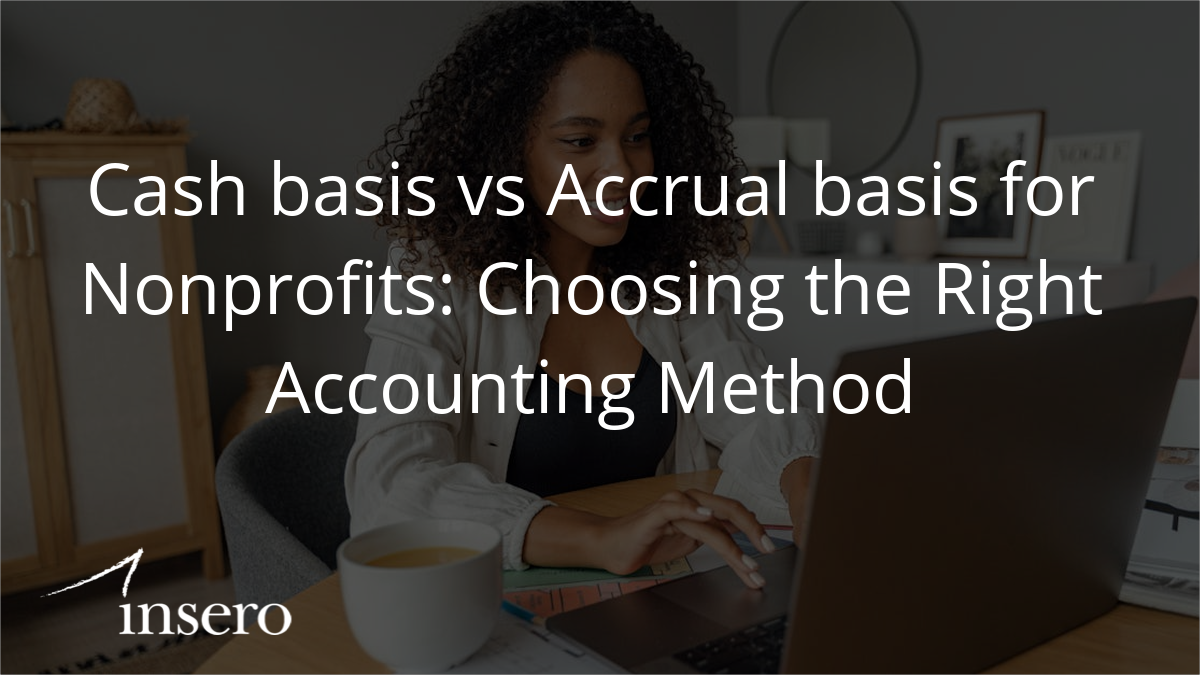ARTICLE | August 11, 2023
This article is the third in a series of articles dedicated to issues that arise when accounting for debt modifications. This particular issue is addressed in Sections 2.3.2.1 and 3.12 of our publication, A guide to accounting for debt modifications and restructurings (June 2023).
When determining how to account for a modification to a loan that is callable or puttable, two sets of cash flows may need to be considered for purposes of applying the 10% cash flow test under ASC 470-50, Debt – Modifications and Extinguishments: (1) cash flows assuming the call or put is exercised and (2) cash flows assuming the call or put is not exercised. The cash flows that should be used in the 10% cash flow test for purposes of reaching a decision about the accounting model that should be used are those that result in the smaller change between the present value of the new loan’s cash flows and the present value of the original loan’s remaining cash flows.
A common form of put option present in a loan is a prepayment option. A prepayment option may be explicitly stated in the loan agreement, or it may be implied when the loan agreement does not prohibit prepayment. Such an option allows the borrower to prepay (i.e., put) the debt before it otherwise matures, often subject to a penalty.
From an efficiency perspective, we recommend that the accounting implications of a modification to a loan with a prepayment option should first be assessed by performing the 10% cash flow test under the assumption that the prepayment option will be exercised. If the difference is less than 10% under that assumption, the modification accounting model should be applied, and it would not be necessary to perform the 10% cash flow test assuming non-exercise of the prepayment option.
We believe this is the most efficient testing approach because the 10% cash flow test performed assuming exercise of the prepayment option will typically result in modification accounting (rather than extinguishment accounting). This is the case because the factors that cause a change in cash flows when assuming exercise of the prepayment option (e.g., fees charged by the lender to modify the loan, a change to the prepayment penalty) would generally not rise to the magnitude necessary to cause a change in cash flows of more than 10%. However, when a loan’s prepayment penalty is expressed as a percentage of the new principal amount (rather than as a fixed dollar amount) and the principal amount increases substantially due to the amendment, the change in cash flows determined using the 10% cash flow test assuming exercise of the prepayment option could be more than 10%. If the 10% test results in a change in cash flows exceeding 10% under the prepayment assumption, the borrower would have to perform the test assuming the prepayment option is not exercised. This would include considering all factors impacting changes in cash flows, such as interest payments, as well as reflecting all cash flows on a discounted basis while excluding the prepayment penalty. The borrower would only conclude that extinguishment accounting is appropriate if the change in cash flows exceeds 10% under both assumptions.
Let’s Talk
Fill out the form below and we’ll get back to you to discuss your specific situation.
Source: RSM US LLP.
Reprinted with permission from RSM US LLP.
© 2024 RSM US LLP. All rights reserved. https://rsmus.com/insights/financial-reporting/impact-of-prepayment-penalties-on-debt-modification-accounting.html
RSM US LLP is a limited liability partnership and the U.S. member firm of RSM International, a global network of independent assurance, tax and consulting firms. The member firms of RSM International collaborate to provide services to global clients, but are separate and distinct legal entities that cannot obligate each other. Each member firm is responsible only for its own acts and omissions, and not those of any other party. Visit rsmus.com/about for more information regarding RSM US LLP and RSM International.




